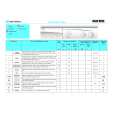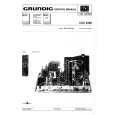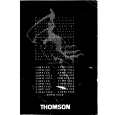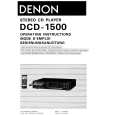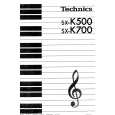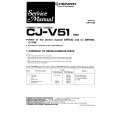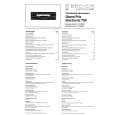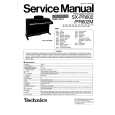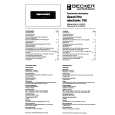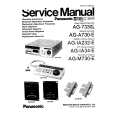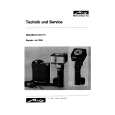|
|
|
Productos
|
|
Información
|
|
Destacado
|
|
|
 |
|
|
No hay comentarios de productos.
1
2
3
4
7.1.3 HOW TO DIAGNOSE THE UNIT WITH THE POWER AMPLIFIER SECTION REMOVED
Purpose:
A
When repairing this unit, the large Heat Sink Block obstructs access to some Assys. If the Heat Sink Block is removed, as the posistor mounted on it is also disconnected, the protection circuit is activated, which disables failure diagnosis of these Assys while the unit is powered. With the method explained here, the Assys that cannot be diagnosed while the unit is powered because of the Heat Sink Block can be diagnosed by creating an artificial status of the posistor's being connected (by connecting a 100-ohm resistor under normal temperature). Note: Use this method for diagnosing a failure other than possible failures inside the Heat Sink Block, such as those shown in the table below: Symptoms that are highly suspected to be failures inside the Heat Sink Block
1 No power with the MCACC LED flashing
Possible causes
DC detection has been activated to prevent further damage to the unit. Note: Refer to "7.1.2 How to diagnose the Amplifier Section" in the service manual. The peripheral circuits of the posistor inside the Power Amplifier Section are in failure. Note: A posistor is a kind of thermistor, and its resistance is approx. 100 ohms at normal room temperature.
B
2 The unit turns itself off after "AMP ERR" was displayed on the FL display. Then it goes into state 1 above. 3 "OVERHEAT" is displayed on the FL display under normal temperature, then the unit turns itself off. 4 The unit turns itself off without any indication on the FL
Overloaded amplifier, failure in the overload-detection circuit inside the Power Amplifier Section, etc. 5 "FAN STOP" is displayed on the FL display, then the unit turns Disconnection of the Fan connector, failure in the fan. (Only for the itself off. models for Europe and those for other than North America and Japan)
C
Procedures:
1 Remove the bonnet and center beam. 2 Remove all the wires from the wire saddle. 3 Disconnect all six connectors connected between the Amplifier Assy and the SP/PS Assy.
� Remove the wires.
3
D
2
� Disconnect the parallel wires.
4 Disconnect the parallel wires from the connector CN2201. (If the wires are not easily disconnected, disconnect them with the connector attached, using a vacuum desoldering tool.)
E
5 Remove the eight screws that secure the Amplifier section.
4
F
TRANS 2-1 Assy
114
1 2
VSX-1015TX-K
3 4
|
|
 |
> |
|
